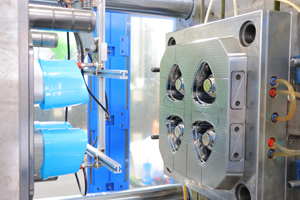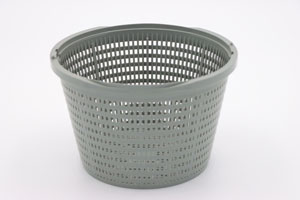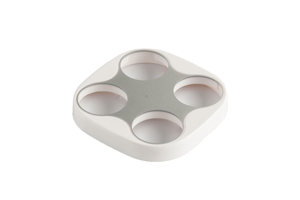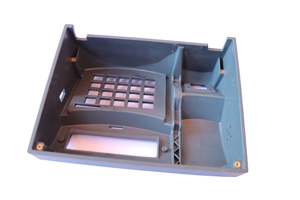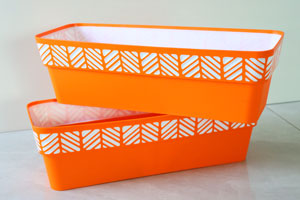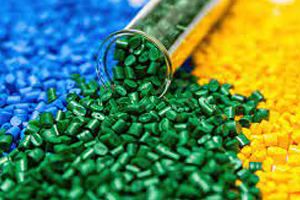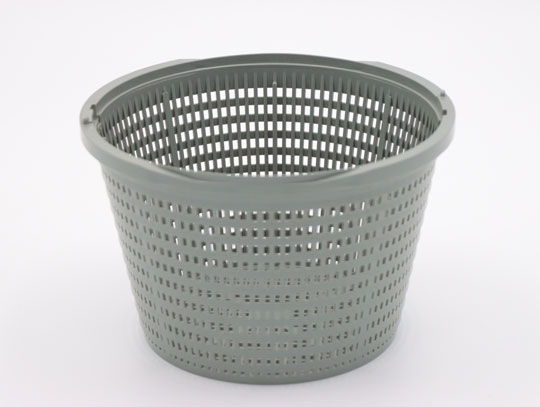The two-shot molding process is widely used in manufacturing multi-material, integrated plastic products. It allows two different materials to be injected into the same mold through injection molding technology, forming composite products with different functions and appearances. In this process, the two-shot molding material compatibility is one of the core factors that determine the final product quality. Only with good material compatibility can the two plastics combine smoothly during the injection molding process, avoiding defects such as delamination and separation.
Physical Compatibility of Materials
The two-shot molding material compatibility first considers the physical compatibility of the two materials. During injection molding, the flowability, adhesion, and cooling rate of plastic melts directly affect the bonding effect of the two materials. For example, the combination of hard plastics and soft plastics requires that they can flow effectively and combine tightly under the same processing conditions. Otherwise, there might be separation or cracks between the two materials, affecting the quality and appearance of the product. Generally, choosing materials with similar melting temperatures and viscosities can improve physical compatibility.
Chemical Compatibility of Materials
In addition to physical compatibility, the two-shot molding material compatibility also needs to consider the chemical compatibility of the two materials. Each plastic material has different chemical properties. During the high-temperature injection molding process, if the chemical compositions of the two materials differ too much, they may not bond firmly and might even undergo chemical reactions, leading to product instability. Therefore, choosing materials with similar chemical properties, or surface treating them to have better adhesion, is key to improving the two-shot molding material compatibility.
Matching of Thermal Expansion Coefficients
In the two-shot molding material compatibility, the thermal expansion coefficient is another important factor. Different plastic materials expand or contract to different extents during heating and cooling. If the difference in thermal expansion coefficients between the two materials is too large, it may cause the materials to not bond tightly in the mold, forming gaps or cracks. To ensure that the two materials bond well, designers usually choose materials with similar thermal expansion coefficients to reduce the impact of thermal stress, thereby improving mold stability and production efficiency.
Surface Treatment of Materials
To enhance the two-shot molding material compatibility, sometimes surface treatment of materials is necessary. Surface treatment can improve the adhesion between materials, making them bond better during the injection molding process. Common surface treatment methods include corona treatment and plasma treatment, which can effectively increase the adhesion between two different plastics, avoiding product defects caused by uneven surfaces or poor adhesion.
The two-shot molding material compatibility is key to ensuring the success of the two-shot molding process. By reasonably selecting materials with good physical and chemical compatibility, matching appropriate thermal expansion coefficients, mechanical properties, and surface treatments, the quality, strength, and appearance of the final product can meet design requirements. In actual production, designers need to comprehensively consider these factors and choose the most suitable material combinations to maximize the advantages of the two-shot molding technology and produce high-quality composite plastic products.

